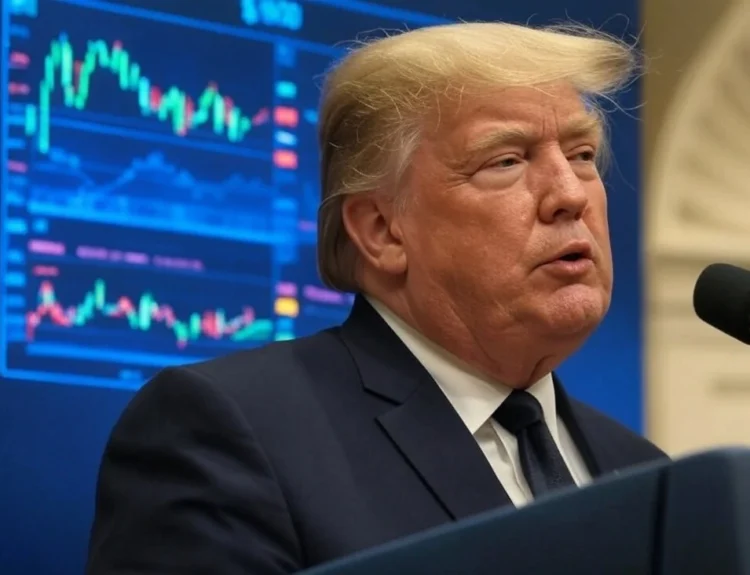In a week marked by volatility, Bitcoin witnessed a significant price drop of 12.5%, plummeting to $64,545 between March 14 and March 17. This decline spurred considerable buying activity around the $65,000 mark, yet the market sentiment remains divided. Investors and traders alike eagerly await the Federal Reserve’s upcoming monetary policy meeting on March 20, with widespread speculation that interest rates will remain steady. The decision carries weight far beyond the immediate future, with the Fed’s confidence in the economy’s strength under scrutiny. As the Fed contemplates the future of its $7.5 trillion balance sheet, the cryptocurrency community watches closely, knowing that an expansive monetary policy could breathe life into risk-on assets, including Bitcoin.

U.S. Monetary Policy and Its Impact on Bitcoin’s Trajectory
The relationship between U.S. base money—comprising currency in circulation and bank reserves—and Bitcoin’s potential for a bull run in 2024 draws a complex picture. High-interest rates, typically employed to control inflation by discouraging borrowing and expansion among businesses, directly influence the cryptocurrency’s future. Analysts point to a potential pivot from contractionary to expansive monetary policy as a critical factor for Bitcoin’s growth, contingent on inflation rates dropping below 3% or economic downturn indicators. This speculation highlights the nuanced interplay between national economic strategies and the digital currency market.
Market Dynamics: Leverage, Futures, and Stablecoin Demand
Excessive leverage in Bitcoin futures emerged as a concern, with open interest hitting a record $35.5 billion in March. Such high leverage levels, while indicative of investor optimism, often lead to market distortions. The situation was somewhat alleviated as Bitcoin’s funding rate adjusted to more neutral levels, signaling a balanced demand for long and short positions. This adjustment coincided with a keen observation of stablecoin demand in China, particularly the USD Coin (USDC) premium, which serves as a barometer for retail investor sentiment in the cryptocurrency space.
The USD Coin Premium: A Sign of Continued Cryptocurrency Demand in China
Despite the price corrections, the USDC premium remained above 3%, underscoring a sustained interest in cryptocurrencies within China. This trend, reflective of the broader market sentiment, suggests that fears of a bearish downturn may be overstated. Even amidst volatility, the resilience of the USDC premium points to a robust demand for entry into the cryptocurrency markets, bolstering the case for Bitcoin’s long-term potential.
Conclusion
As we navigate the complexities of the cryptocurrency market, the intertwining of U.S. monetary policy decisions and Bitcoin’s future becomes increasingly evident. The anticipation surrounding the Federal Reserve’s next moves, the strategic responses of investors to market dynamics, and the global interest in cryptocurrencies underscore the multifaceted nature of Bitcoin’s journey. With the digital currency at a pivotal juncture, the coming months promise to be critical in shaping its trajectory against a backdrop of economic uncertainty and opportunity.






